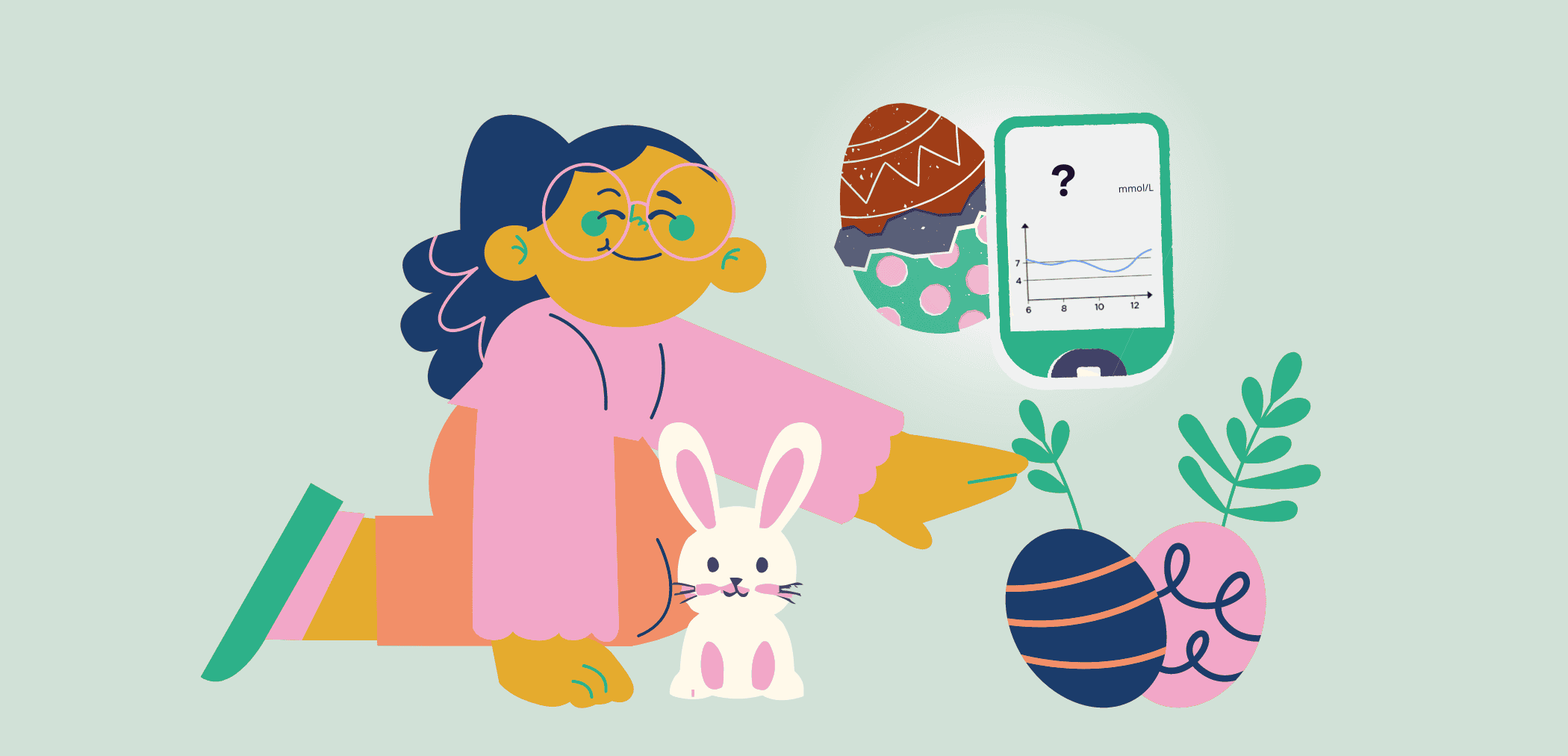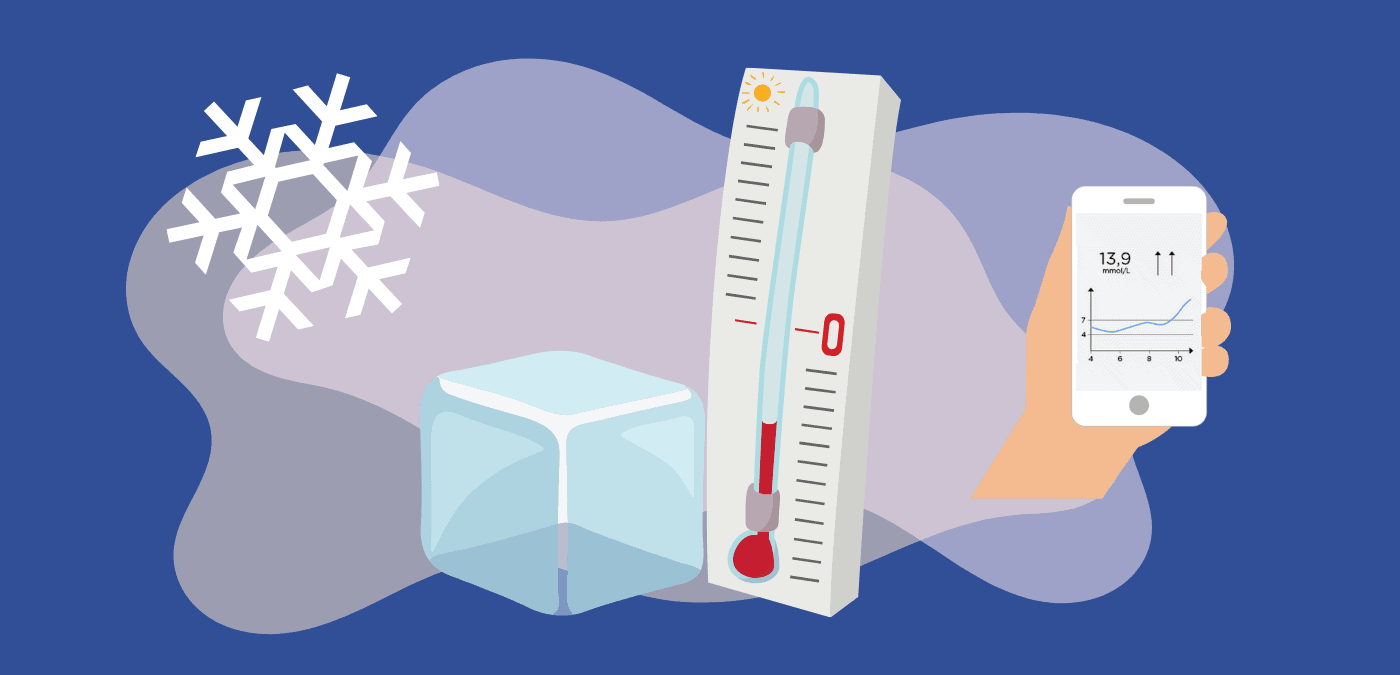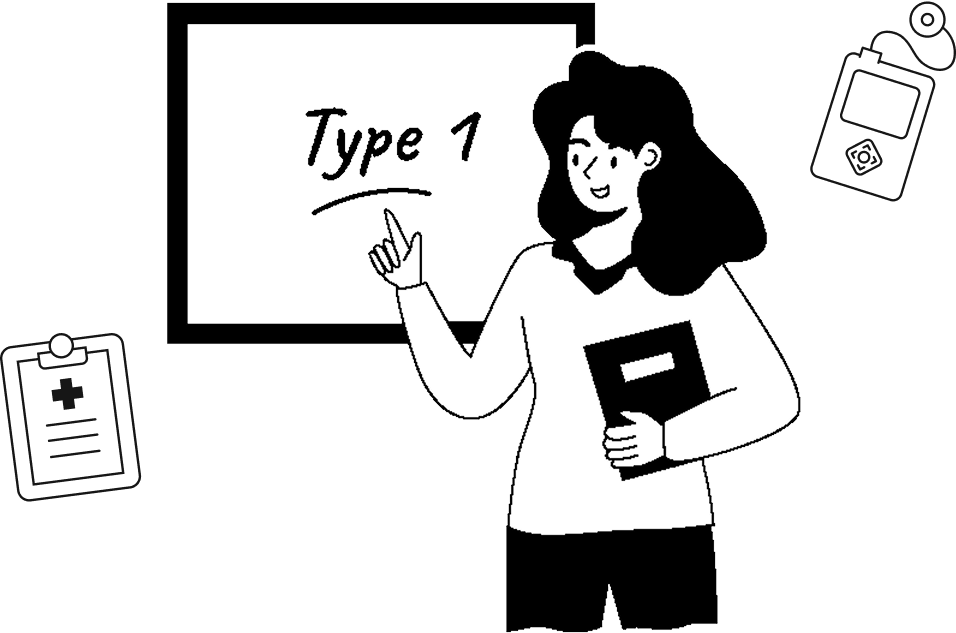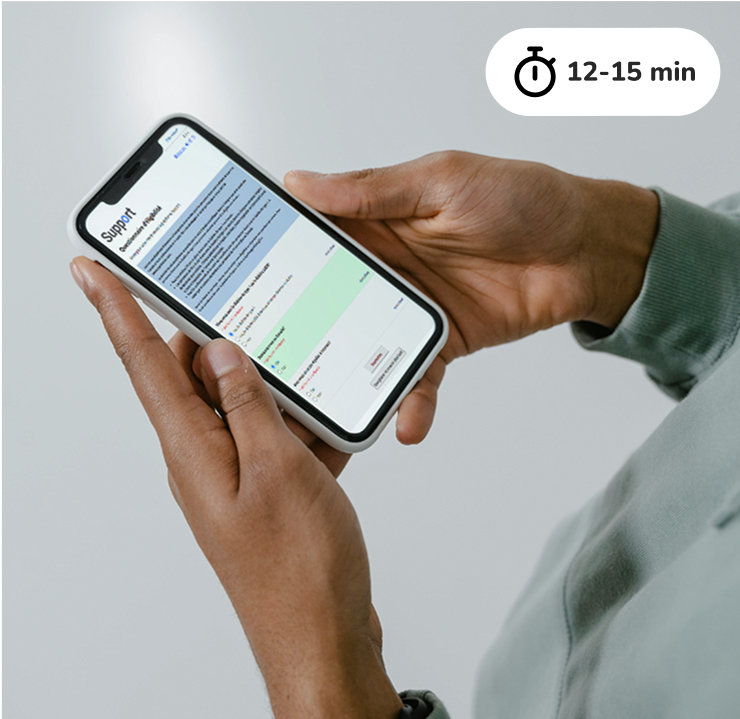Many families will soon be celebrating Easter with egg hunts and eating chocolate, but this celebration can be a headache when your child has type 1 diabetes (T1D).
Should you prevent your little ones from eating chocolate? Of course not! Forbidding a food only makes it more appealing, especially to children. Your child can join in the celebrations by eating chocolate in moderation and adjusting insulin accordingly.
Not all chocolates are equal
Yes, chocolate is rich in fat and sugar, but it also contains nutrients that are good for your health, depending on its cocoa content.
Cocoa is a source of several interesting nutrients, such as flavonoids, which are antioxidant molecules that help combat cell aging and strengthen the immune system, as well as other vital functions. Cocoa also contains minerals such as magnesium, phosphorus, and iron. Phosphorus, for example, plays an essential role in the formation and maintenance of healthy bones and teeth.
Cocoa is higher in dark chocolate (60% cocoa and over) than milk chocolate (less than 25% cocoa). White chocolate is only made with cocoa butter and does not include any cocoa solids which is where all the benefits of cocoa lie.
Dark chocolate also contains more fibre and less sugar than the other types of chocolate. It’s the preferred choice for those with T1D.
How many carbs are there in chocolate?
The first thing to do, of course, is to check the nutrition label for the carbohydrate content. However, many Easter chocolates purchased in specialized shops or bakeries don’t have nutrition labels.
It’s then best to use the carbohydrate factor for each type of chocolate and multiply it by the weight of the portion to be eaten. For example, if your child’s chocolate squirrel is made from milk chocolate and you give him 100g as dessert, you should count 57g of carbohydrates (100 x 0.57). If you give him 120g instead, you should count 68g of carbohydrates (120 x 0.57).

* Fiber has been subtracted from carbohydrates.
**Chocolates with a high cocoa content (85% and over) contain even fewer carbohydrates. For example, a 100g bar of 85% cocoa dark chocolate may contain around 23g of carbohydrates (fibre subtracted), while the same bar of 95% cocoa may contain 10 to 15g, depending on the brand. It can be a good choice for use in pastry recipes, for example.
Is it better to choose sugar-free chocolates?
Most sugar-free chocolate today is sweetened with sugar alcohols (also know as polyalcohols). Some recommendations suggest subtracting one-half their carbohydrate value on the label, because they are partially absorbed into the blood stream and may raise your blood sugar levels. But you might need to subtract the entire amount of their carbohydrate value. Test it out to see how polyalcohols affect your child’s blood sugar levels and adjust your calculations accordingly.
Sugar alcohols can sometimes cause gastrointestinal discomfort (cramping, bloating) and may act as a laxative.
Diabetes Canada’s guidelines indicate it is safe to consume 10g or less of polyalcohols daily, which is equivalent to a small amount of chocolate. It is important to note that a 100g no-sugar-added chocolate bar may contain 40g of polyalcohols, which is four times the recommended amount!
The impact of caffeine and fat in chocolate
If your child seems a little excited after eating chocolate, it’s not because of the sugar, but because of the caffeine in cocoa. Caffeine is highest in dark chocolate but also exists in milk chocolate. For example, a 100g bar of dark chocolate contains just a little less caffeine than a cup of coffee, and more than a can of Diet Coke. It’s best for your child not to consume a lot of chocolate just before going to bed. Young children are more sensitive to the effects of caffeine than adults, but everyone reacts differently. Caffeine can also affect blood sugar levels.
Chocolate also contains fat. If your child eats a whole chocolate bunny, especially after a high-fat meal, their blood sugar may rise 3 to 6 hours after eating, once the action of mealtime insulin has worn off. Be aware that you may have to deal with hyperglycemia hours after a meal including chocolate.
A few strategies to enjoy a Happy Easter
For most children, Easter means eating chocolate. So here are a few tips to enjoy it:
- Give priority to quality over quantity: offer smaller, better-quality chocolates (e.g. bought from a chocolate shop), rather than big, cheap chocolates (e.g. chocolate from big-box stores).
- Avoid giving your child chocolate late in the evening, to prevent disturbing sleep (because of the caffeine).
- Suggest to your extended family that they can give something other than chocolate as a gift to your child living with T1D. There are plenty of non-food Easter surprises. Likewise, an egg hunt can be transformed into a surprise hunt.
- Teach your child to eat in moderation and eat slowly to enjoy chocolate.
- Provide chocolate for dessert rather than alone. Making it part of a meal will help manage blood sugar levels.
Beyond the chocolate, Easter is also a time to be with family and celebrate the arrival of spring. Have fun, go play outside, and accept that your child’s blood sugar will probably be a little off target during this time. And, of course, all the recommendations in this blog also apply to chocolate-loving adults living with T1D!
Tools to help you out with carbs:
- BETTER practical guide: Carb factors for various food.
- Health Canada. Nutrient value of some common food.
- Health Canada. Sugar Alcohols (Polyols) and Polydextrose Used as Sweeteners in Foods.
- Diabète Québec. Sugar substitutes.
References:
- Diabète Québec (updated 2018). Celebrating Easter with diabetes. Page consulted on March 11th, 2024. https://www.diabete.qc.ca/en/diabetes/living-with-diabetes/events-parties-and-celebrations/celebrating-easter-with-diabetes/
- Naître et Grandir. Le chocolat : les réponses à vos questions. Page consulted on March 14th, 2024. [in French only]. https://naitreetgrandir.com/fr/chroniques/le-chocolat-les-reponses-a-vos-questions/
- Fédération Française des Diabétiques. Choisir un chocolat de qualité. Page consulted on March 15th, 2024. [in French only].https://www.federationdesdiabetiques.org/diabete/alimentation/chocolat
- Novo Nordisk. Changing diabetes. Pour en savoir plus sur le chocolat. Page consulted on March 13th, 2024. [in French only] https://www.diabete.fr/wp-content/uploads/2017/12/MENU_CHOCOLAT.pdf
- Ross Chocolates. White, Milk, or Dark Chocolate – Which to Choose? White, Milk, or Dark Chocolate – Which to Choose? – Ross Chocolates
Written by: Nathalie Kinnard, scientific writer and research assistant
Reviewed by:
- Rémi Rabasa-Lhoret, MD, Ph.D.
- Amélie Roy-Fleming, P.Dt., CDE, M.Sc.
- Catherine Leroux, P.Dt., M.Sc.
- Andréanne Fortin, P.Dt., CDE
- Claude Laforest, Jacques Pelletier, Marie-Christine Payette, Michel Dostie, Domitille Dervaux, Barbara Kelly, patient partners of the BETTER project.
Linguistic revision by: Barbara Kelly





